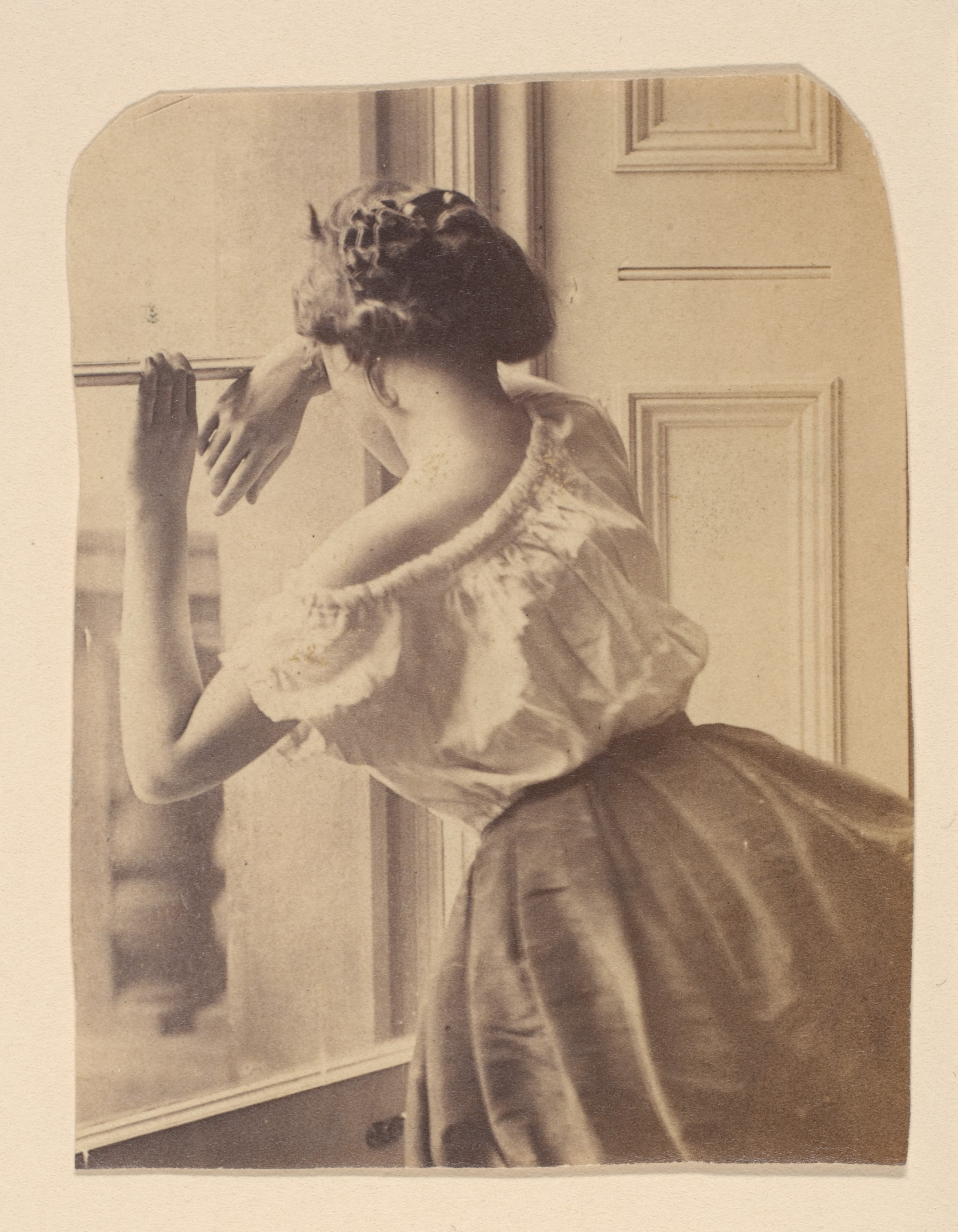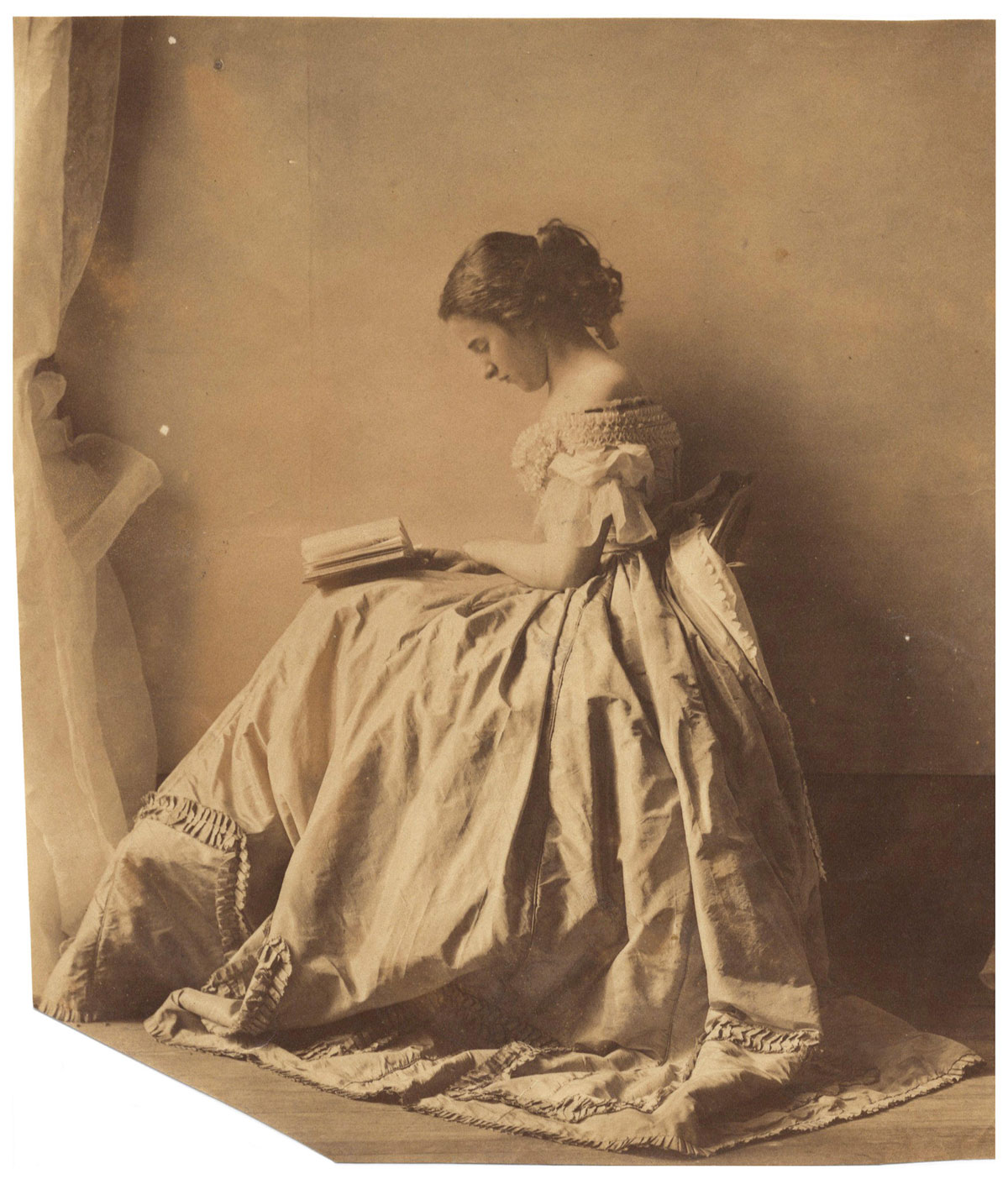Clementina Hawarden was a pioneering and prolific 19th-century amateur photographer who created around 800 photographs, primarily luminous and intimate portraits of her daughters, within the domestic setting of her home in South Kensington, London.
She was an enigmatic figure, and much of her life remains shrouded in mystery. Most of what is known about her has been pieced together through her photographic work. Born Clementina Elphinstone Fleeming on June 1, 1822, near Glasgow, she was the daughter of Admiral Charles Elphinstone Fleeming, noted for his role in the South American wars of independence, and Catalina Paulina Alessandro, his much younger Spanish wife.
Despite raising ten (TEN!) children, Hawarden found time to become a very productive photographer. Her work offers a rare window into the domestic life of an upper-class Victorian woman. While her male contemporaries often photographed distant places, she explored the artistic potential of her immediate surroundings—using light, mirrors, fabrics, and carefully composed interiors to create images that are both theatrical and tender.
Unlike contemporaries such as Julia Margaret Cameron, who emphasized facial expression, Hawarden highlighted clothing, posture, and the interplay between figure and environment. Many of her later photographs, made from around 1862, feature her daughters in costume tableaux—combining fashionable dress with theatrical styling in ways that blur reality and fantasy. Though some modern viewers have read these images through the lens of Victorian preoccupations with adolescence and sexuality, there’s no evidence that Hawarden herself sought to provoke.
Social conventions of the time discouraged women of Hawarden’s class from commercializing their art. Still, she exhibited her photographs with the Photographic Society of London in 1863 and 1864 under the titles Studies from Life and Photographic Studies. She received silver medals both years for her work, but died before she could collect them—passing away from pneumonia in 1865 at the age of 42. It has been speculated that prolonged exposure to photographic chemicals may have compromised her health.
P.S. Here are 13 groundbreaking female photographers you need to know! Are you familiar with their work?
Dear DailyArt users, we are planning to add a new language version to our app, and we would love to hear your thoughts! Which language should we choose next? Share your opinion with us by filling out this short survey!


 Clementina Hawarden
Clementina Hawarden